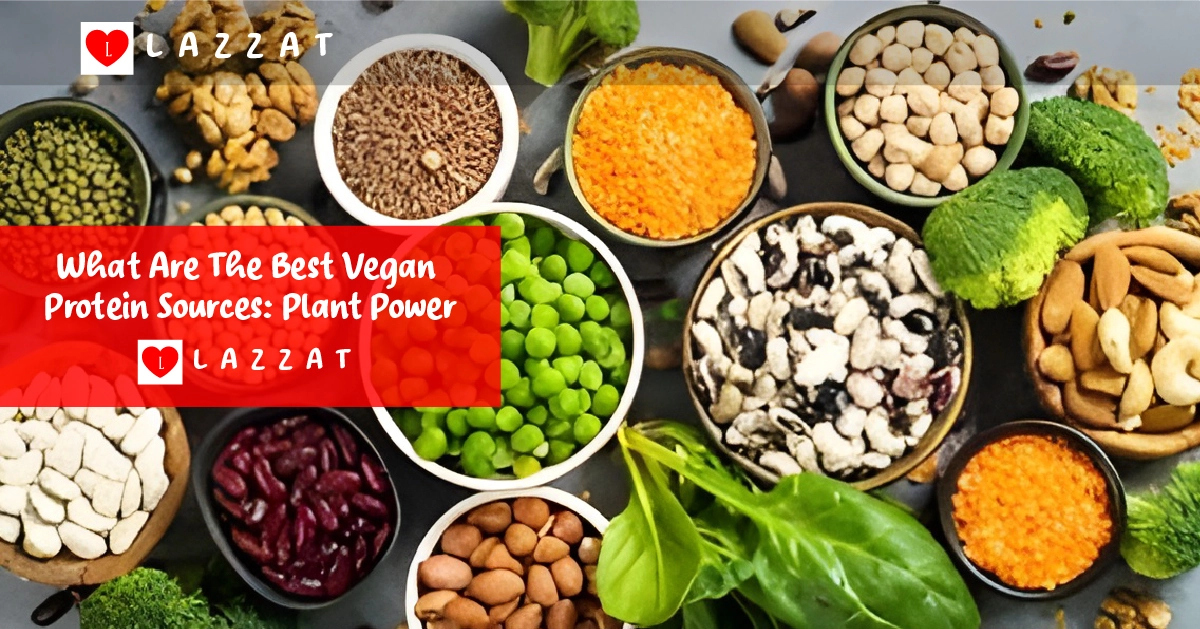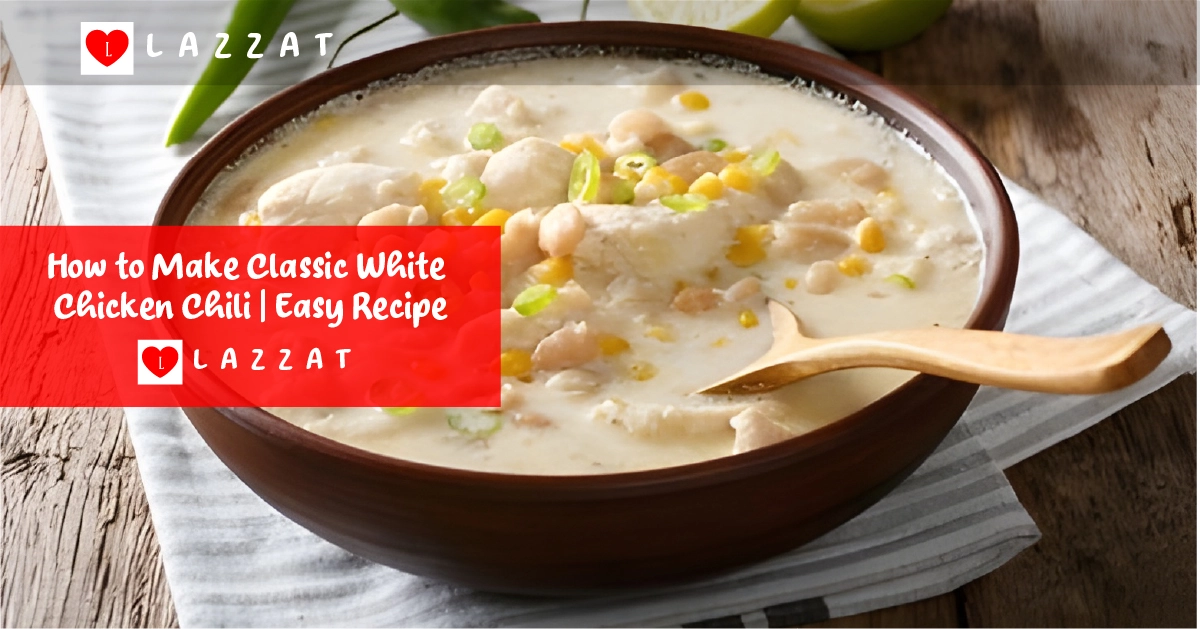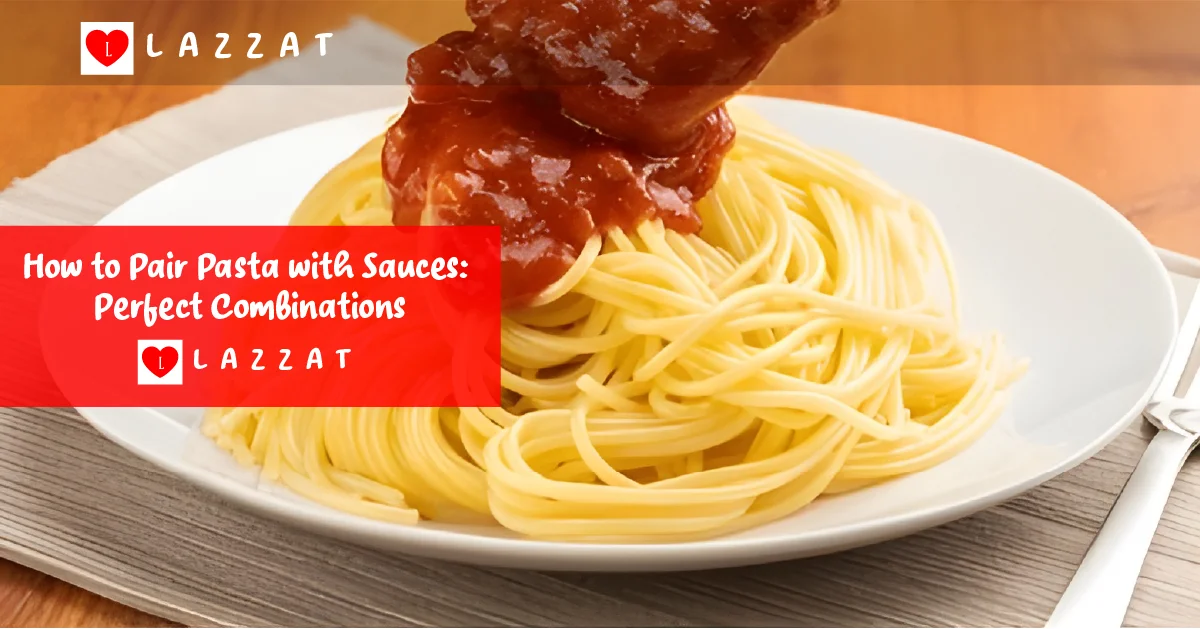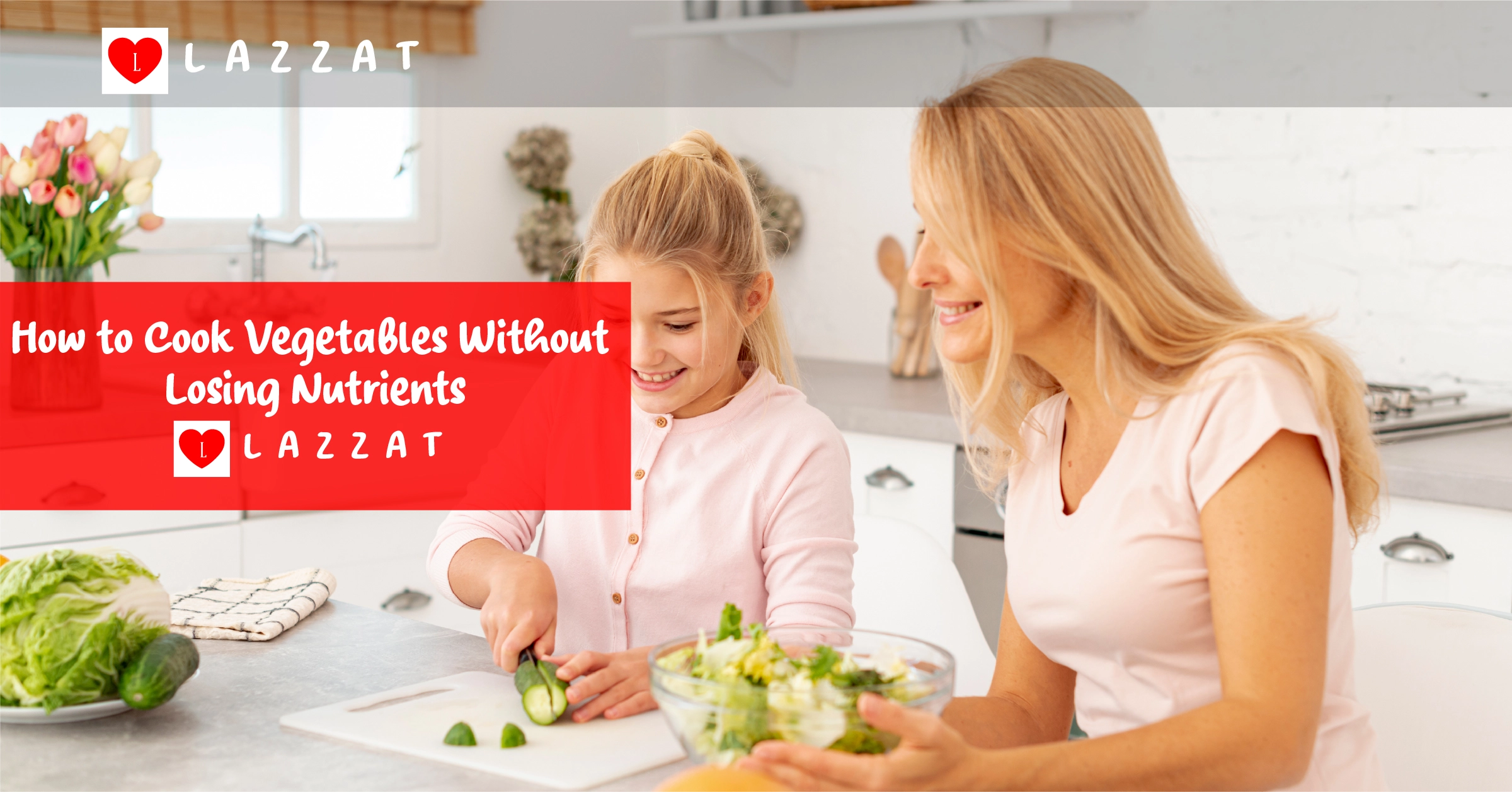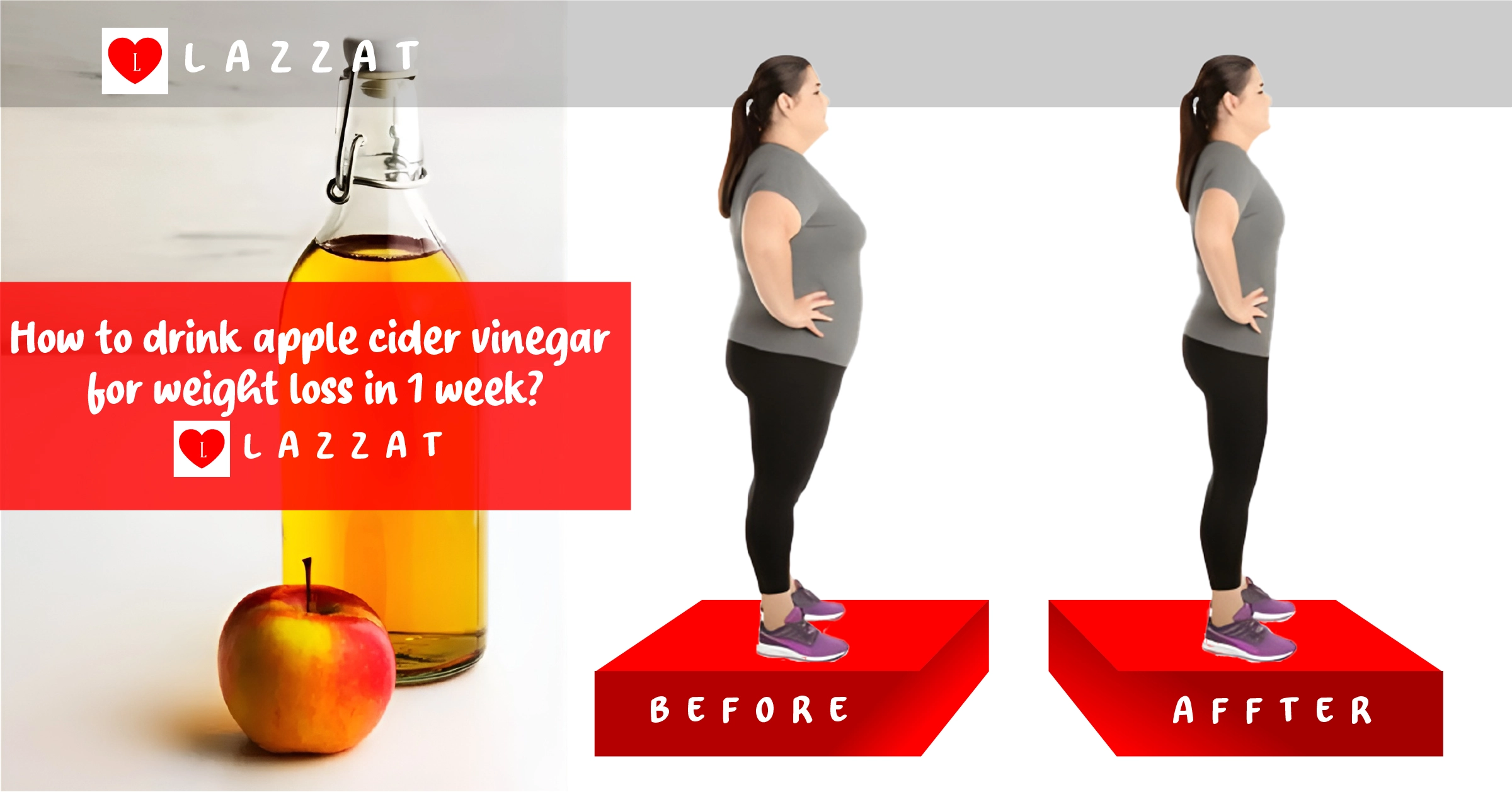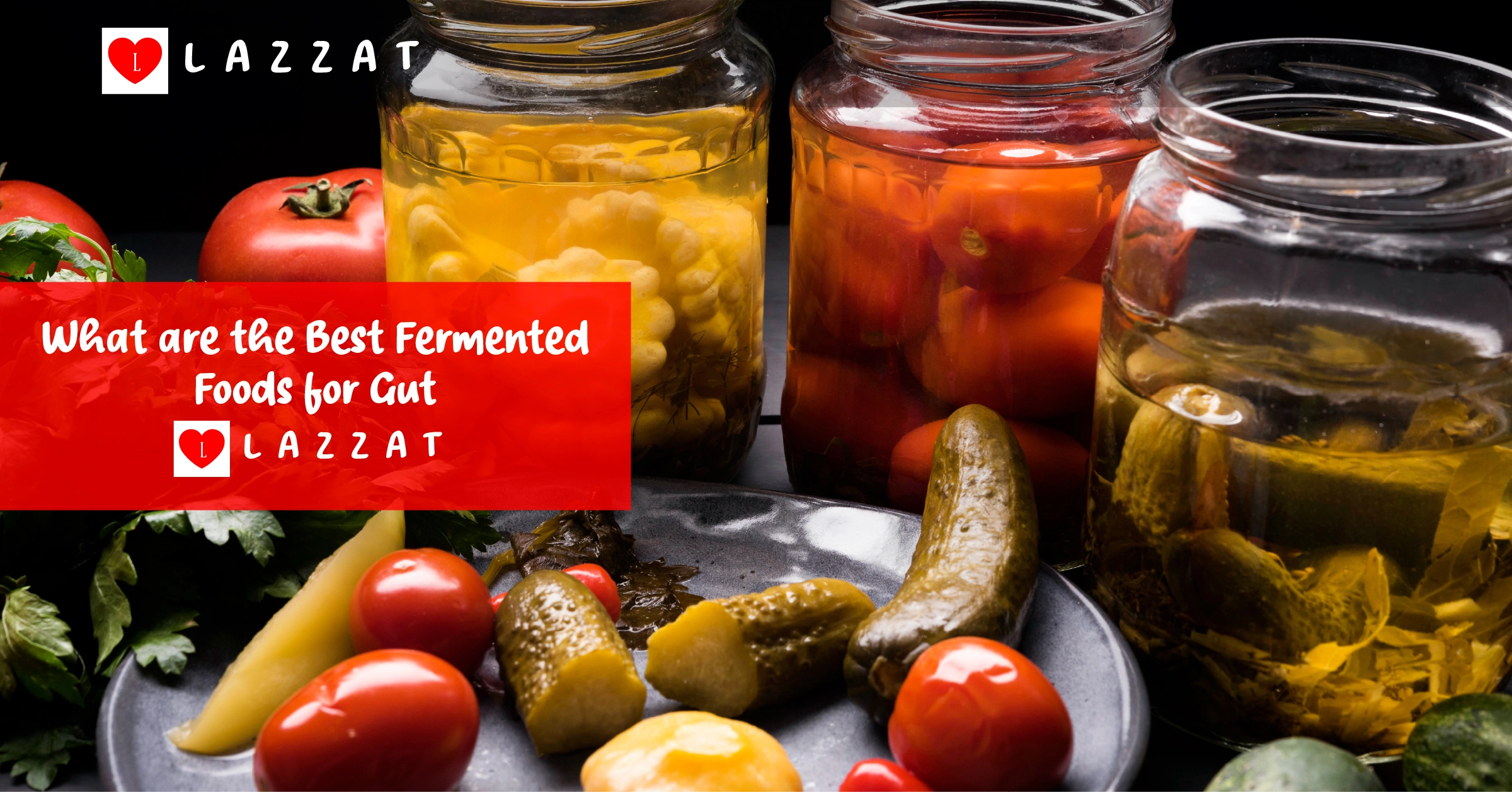What to Eat and Drink After Food Poisoning: Special Diet
Ever felt the nasty effects of food poisoning? Getting better from it is tricky, and what you eat and drink matters a lot. This guide will show you the key foods and drinks to help you feel better and get your digestive system back on track. Understanding Food Poisoning and Its Impact on Digestion Food […]
Read More


